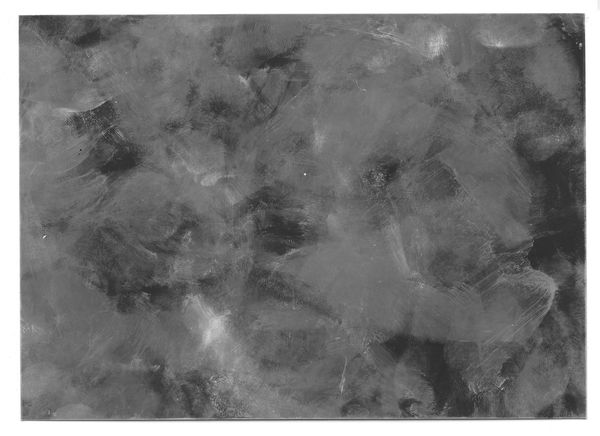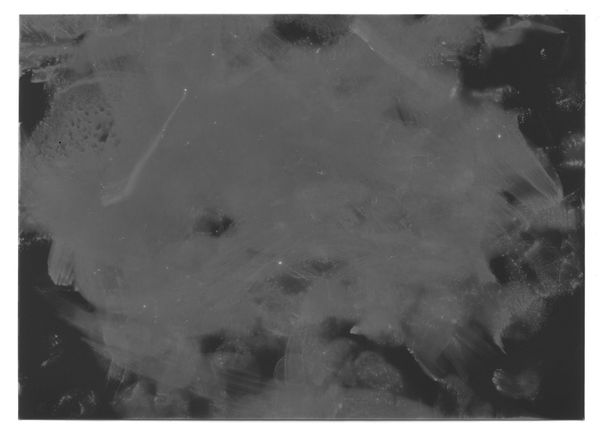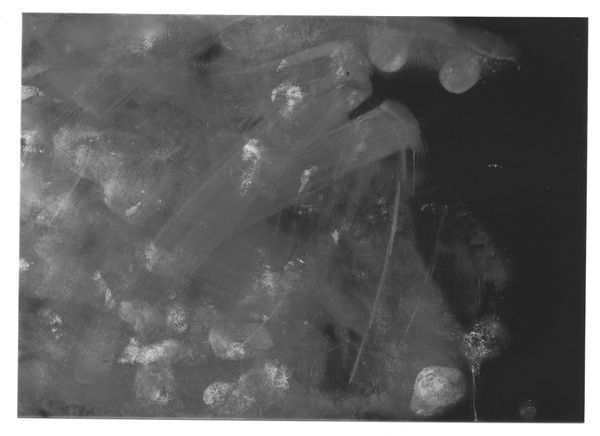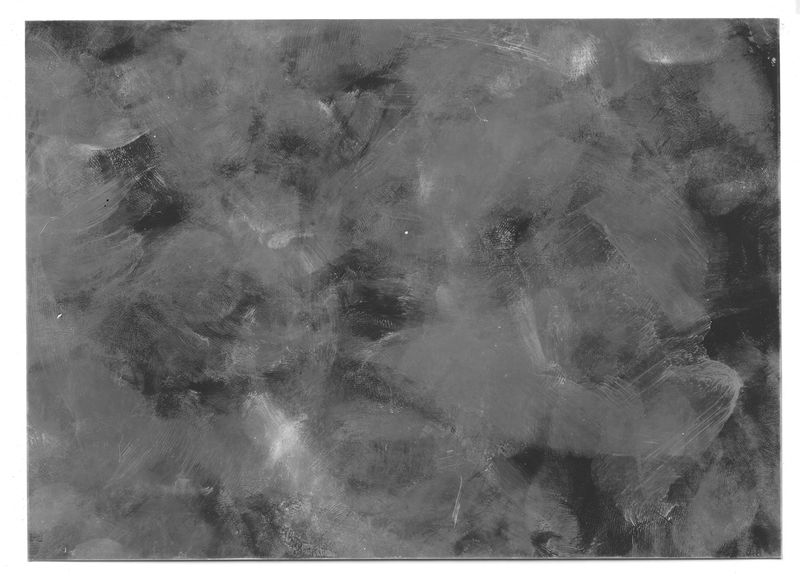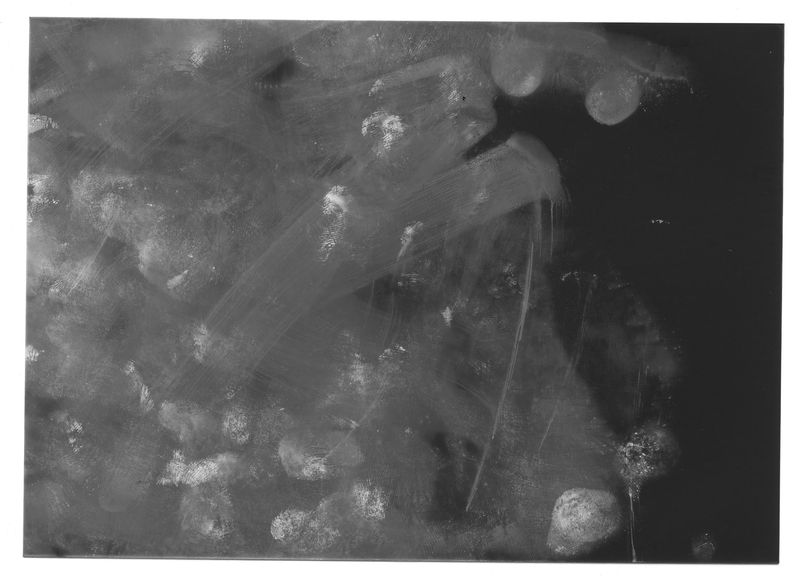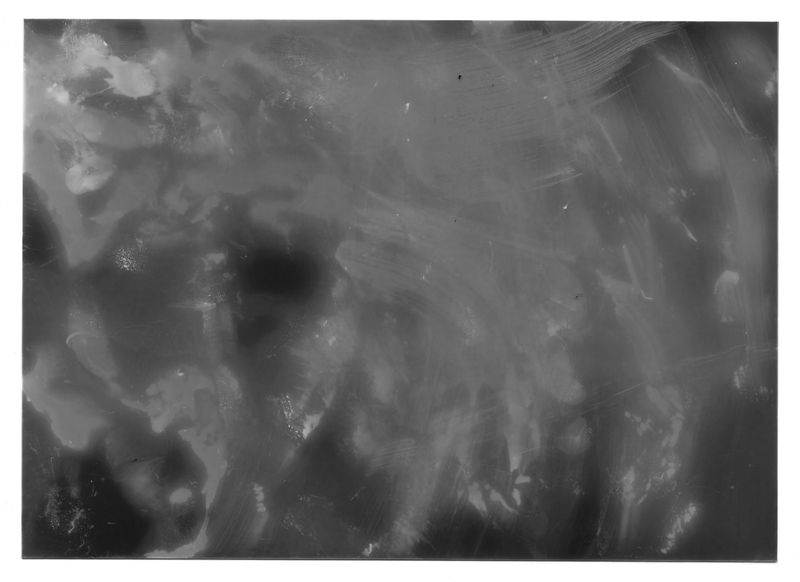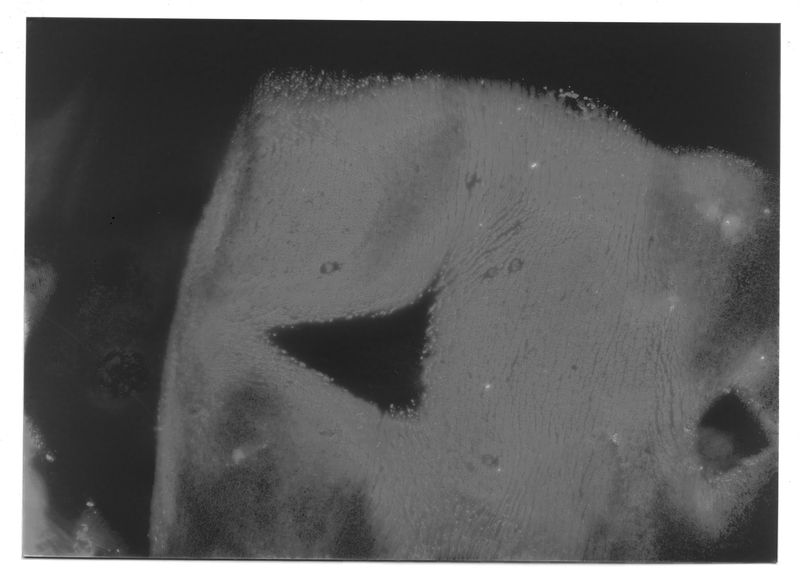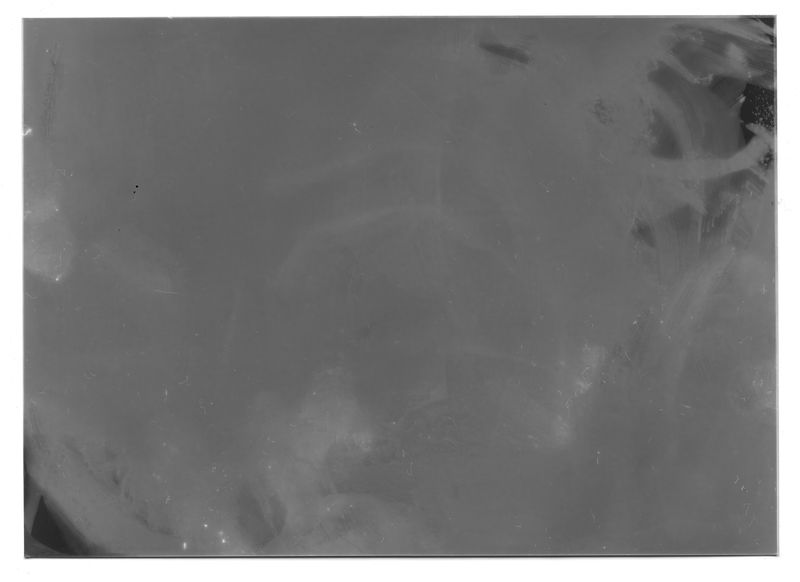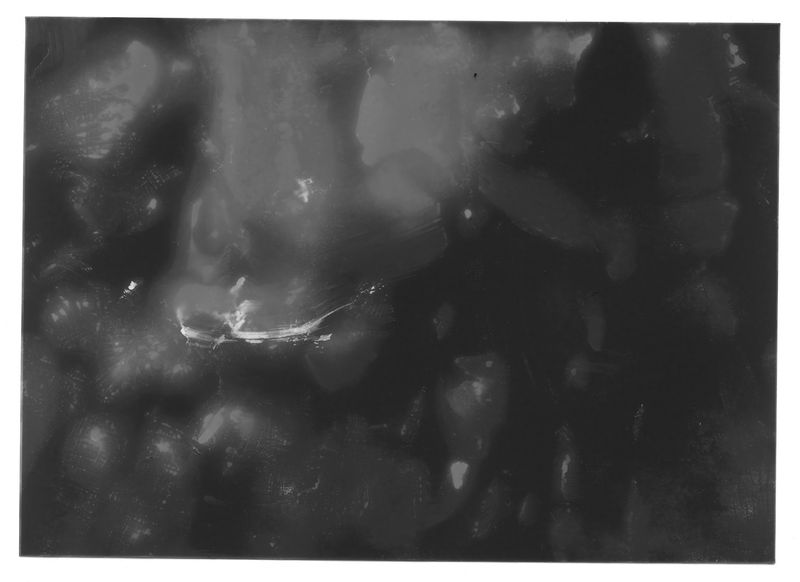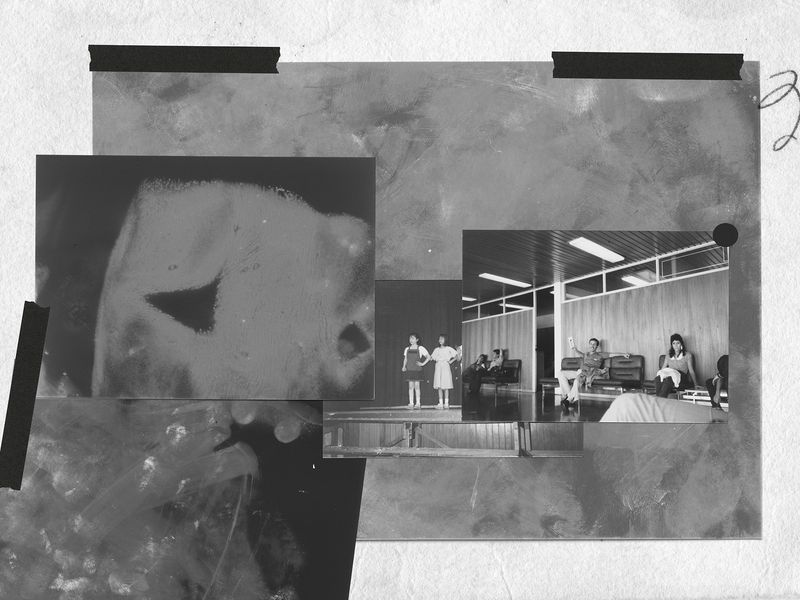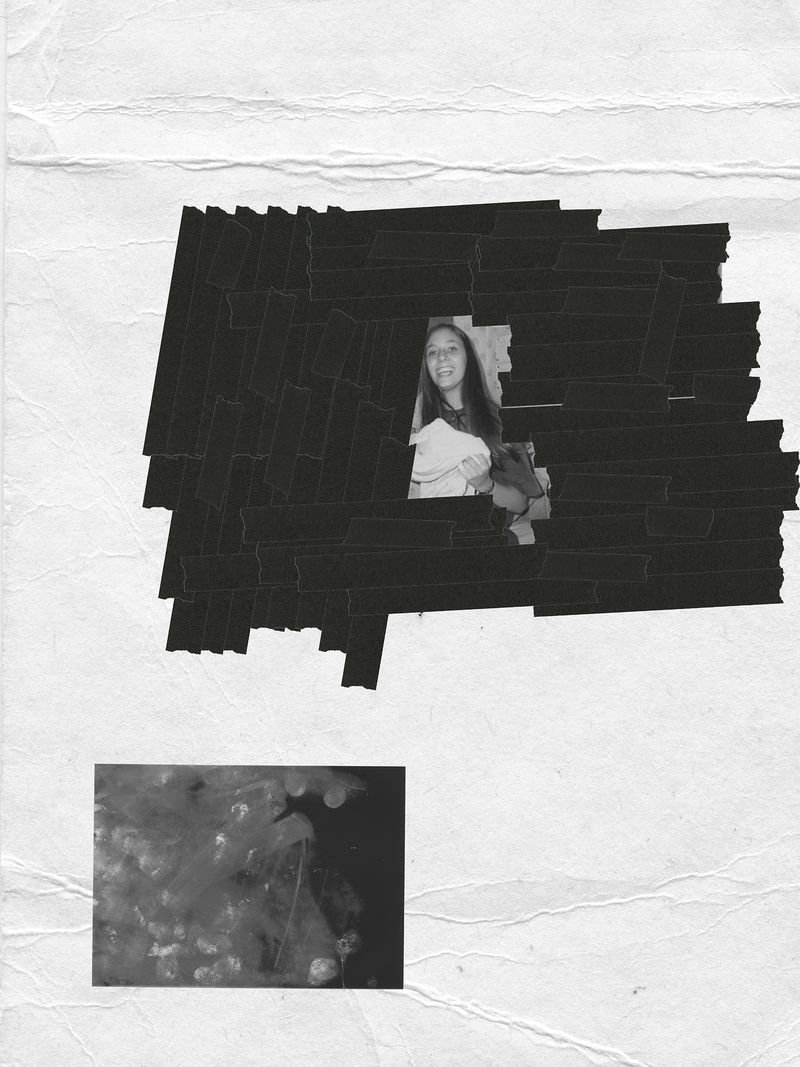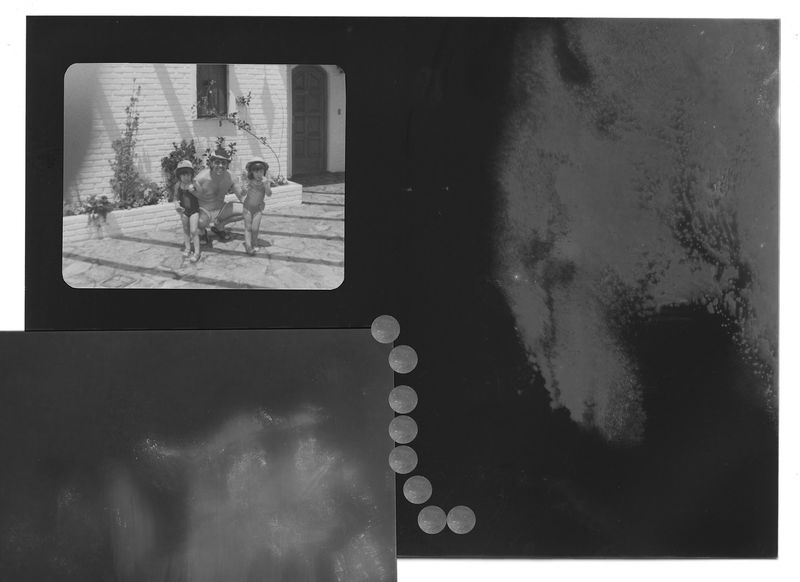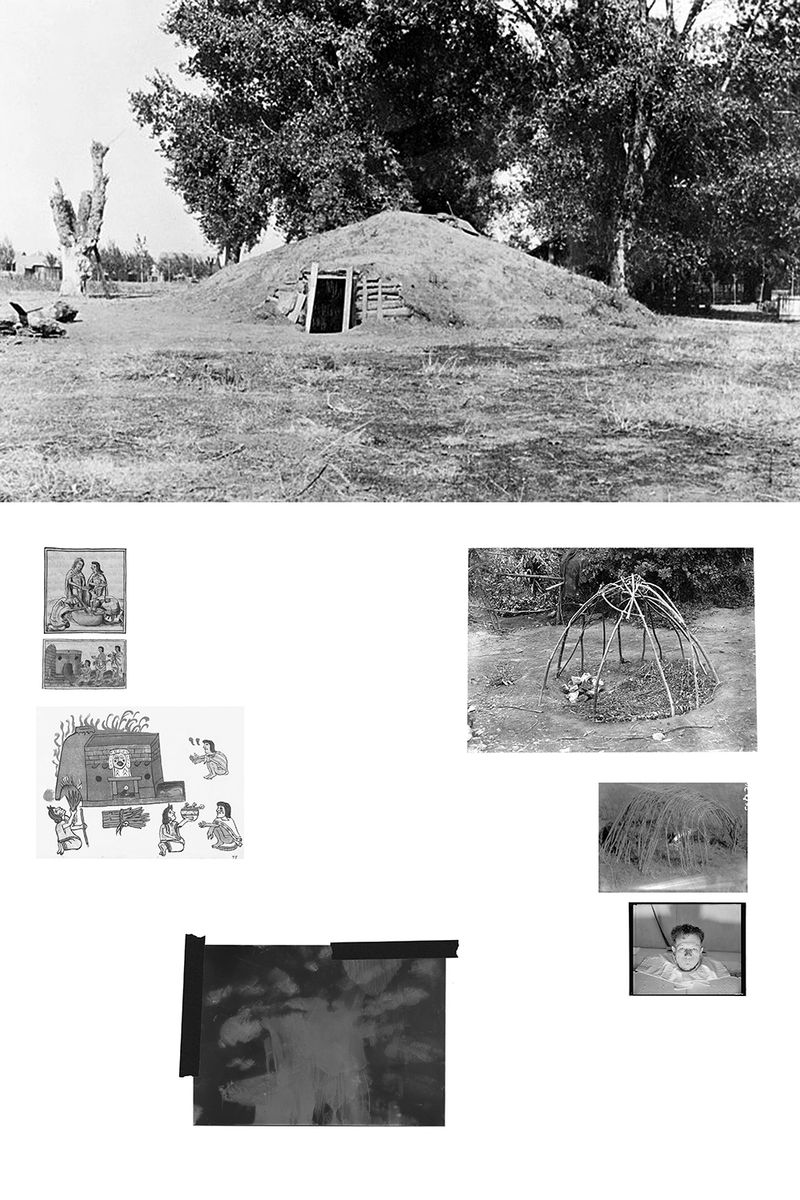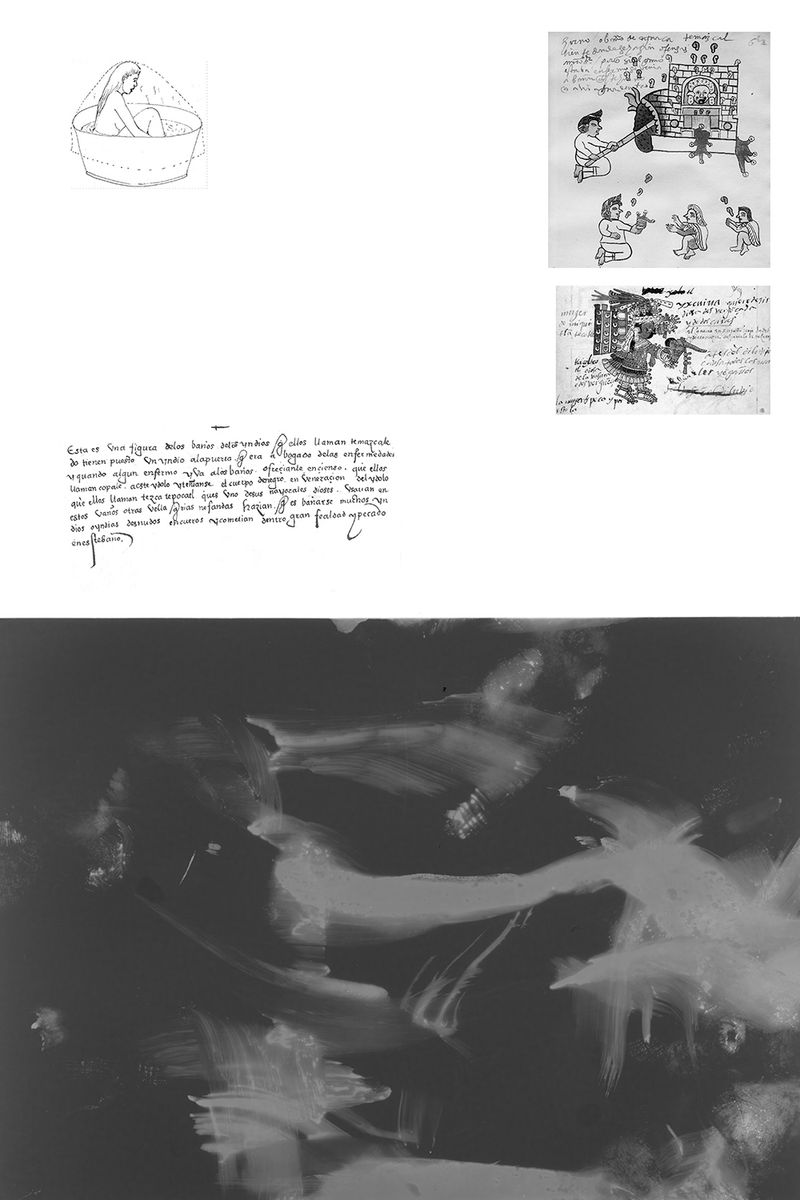Sweat
-
Dates2024 - Ongoing
-
Author
- Locations Mexico, Mexico City
From the first mention in the Bible of the relation between effort and sweat produced by work (the sweat on my brow), to Marx's critical references to the sweating system, this photobook explores the affects and effects of sweat, seen as an "actant".
Sweat
Sweat is an speculative photobook that explores the affective relations between body and sweat, understood not only as a “natural” bodily function but rather as an actant, i. e. endowed with agency. From the first mention in the Bible of the relation between effort and sweat produced by work (the sweat on my brow), to Marx's critical references to the sweating system: a regime of precarious labor employment, that still exists in many places in the world; from the ritual function and cosmological significance of sweat to the invention of deodorant as a hygienic and pathologising measure, this photobook will take a non–linear journey through multiple perspectives in an attempt to understand the affects and effects of sweat.
Sweat is an image that bursts in and makes possible a field of visuality for a function of the body, a form of communication that normally has no visual representation other than the one associated with effort and work. Is sweat a form of work? It is not by chance that sweat is produced in the skin –in the glands of the skin– on the external surface that covers us. We must think of it as an image that manifests on a sensitive surface and disturbs an established scopic regime.
Drawing on my experience of living with hyperhidrosis –a condition characterised by chronic excessive sweating in one or more areas of the body, which interferes with personal relationships and social activities– I will attempt to analyse the ways in which sweat as an agent shapes the interactions with other bodies and with its environment. It would not be the creation a cultural history of sweat but rather of looking at an element of a network that has never been considered as a co–creator or participant in the phenomena of meaning, and including it in a more equitable distribution of agency (Bennett, 2010). The questions then arise: what can we learn about sweat from the analysis of its representations? How can we critically think about the imaginary associated with sweating? Can we consider sweating –especially the image it produces– as a form of resistance to the disciplining of the body into normative confines? How to think with and between sweat? How to become with sweat?
My work explores the notion of the performativity of images understood as a materializing practice of differentiation, to constitute meaning only in the encounter, in the intra–action of matter and meaning. As defined by the philosopher Andrea Soto Calderón: “the notion of performativity can be fruitful in relation to images, in terms of the capacity to bring about a reality that does not preexist them.”
Sweat combines photographs from my family album intervened, unique B&W photograms of my sweat –the result of direct contact of photo paper with my sweat and regular development it in the darkroom– along with texts in different voices. The photobook dummy explores an experimental layout that mixes all of the above elements to create a reading experience that works as a testament to the complexity of the subject itself. (in the dummy, photograms are meant to be printed in transparent glossy paper and vintage deodorant ads in newsprint. Binding is considered either Swiss or spiral bound).
...
Bruno Latour defines the notion of actant as follows: “in the Actor–Network Theory it is something that acts or to which activity is granted by others. An actant can be literally anything as long as it is granted to be the source of an action. It does not imply any special motivation of individual human actors, nor of humans in general.”
